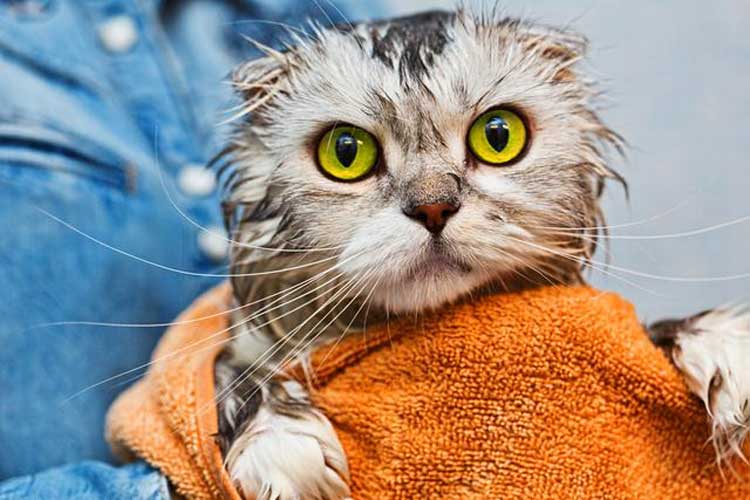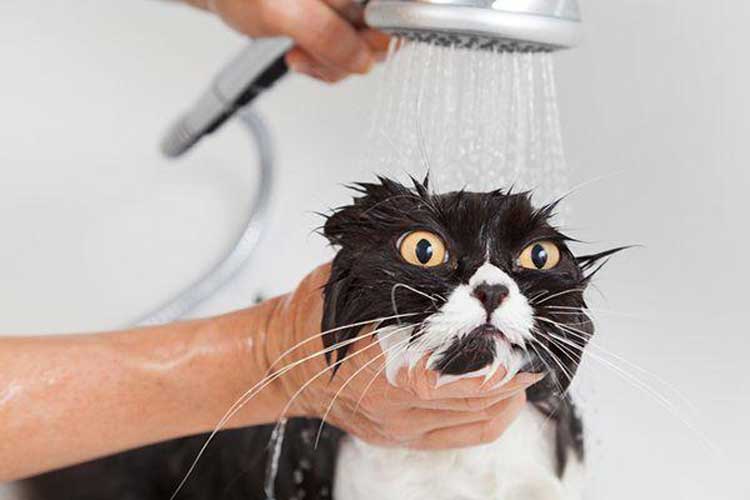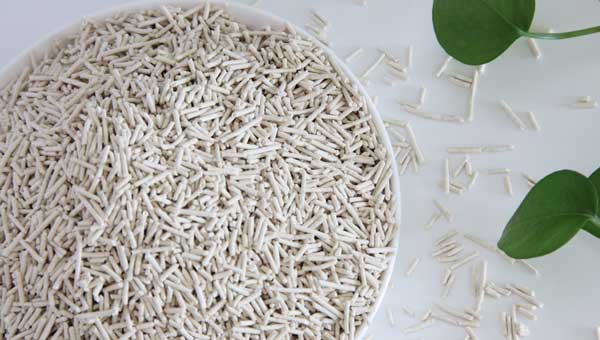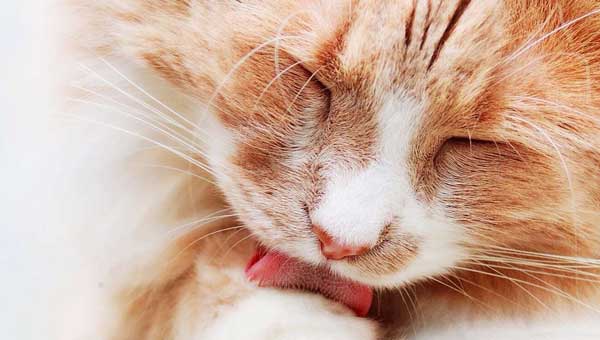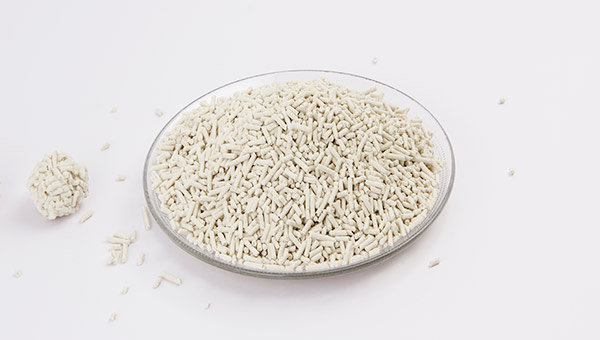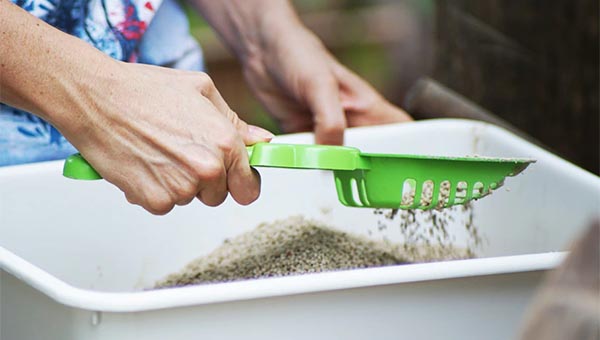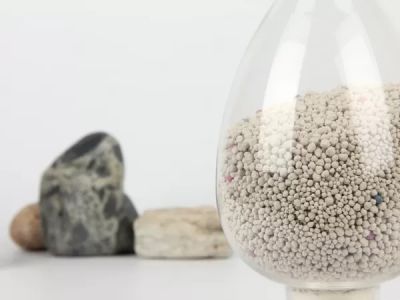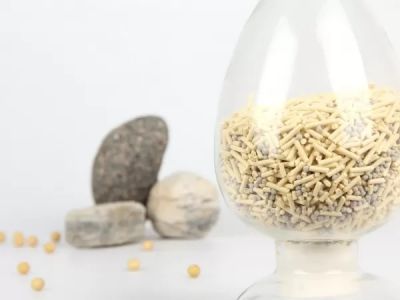We often see cat owners bathing cats on video sites. The moment the cat enters the water, its body is tense, like faces an enemy. Cats even will provoke animals that are much larger than themselves, but why are cats afraid of water? Even sometimes the cat jumps far when there is water on the fur. The fear of water in cats is caused for many reasons. We may not fully understand how this works, but we have a deep feeling that cats' fear of water makes it very difficult for us to bathe cats. Faced with a cat that is afraid of water, how do we bathe them? Have a try with our method.
Why are cats afraid of water?
There are many interesting and convincing theories about why cats are afraid of water. For example, the cat's body structure may be the reason why it hates water, and there are some theories linking phobias to feline psychological disorders, and there are even some theories that cats' fear of water has something to do with their ancestors. Below I will explain to you this seemingly strange phenomenon of fear.
Cat's fur is not easy to dry
The outer fur of cats has a certain degree of water resistance, but this water resistance is limited. When the water volume is high, this water repellency can make it harder to dry a cat's wet body once the water gets into the inner fur. For us, a towel is a quick way to dry ourselves after a shower. Even without wiping, only wait up to 5-10 minutes to dry your body completely. But the cat's situation is completely different, it takes a lot of time to blow dry by hair dryer, let alone wait for it to dry naturally. It is very difficult for cats to move in this state, which is like walking around in wet clothes. And cats are agile creatures, the wet cat fur will make them bear extra weight, and the cat's reaction, in this case, is not as sensitive as it used to be. So in that uncomfortable state, and for such a long time, can cats not be afraid of water?
Cats don't like low temperatures
You may often notice that cats like to sleep in warm places. Especially in winter, stray cats like to sleep in the car engine. That's because cats have a higher normal body temperature than humans, which means cats need to do more to keep warm in order to enjoy the comfort we humans feel. After the cat is wet, the cat's body temperature decreases, and the discomfort increases. And as mentioned above, the cat's outer fur is waterproof, which means that water is not easily evaporated. Instead, the water will cling to the inner fur, making it harder for the cat to warm up. So now you can understand why cats are always doing everything they can to avoid water.
Water in cat ears
The cat's straight and dexterous ears make the cat look cuter, but the physiological structure of the cat's ear makes the cat ear very easy to get water when it falls into the water or takes a bath. Imagine the feeling of water in your ears. Moreover, the inside of the cat's ear is very small, and the cat's ear canal has a certain inclination, which makes it difficult for the water entering it to drain and evaporate. So when the cat's ears get water, the discomfort is several times that of ours.
The smell
The cat's body can secrete some smells that are unique to cats. When the cat smells this smell on its own body, it gives itself a sense of security. Washing them with water will dissipate some of the smell on the cat's body, and when the cat finds that the smell disappears from its body, it will feel unsafe. The shower gel used in the bath will not only remove the odor from the cat more thoroughly but also leave an odor that does not belong to the cat itself, which aggravates the cat's fear. In addition, the cat's nose is also very sensitive, and the smell of the shower gel will be too complicated for it to smell, and the cat will not like it very much.
Gene
The reason why cats are afraid of water goes back to their ancestors. Research shows that, long ago, the ancestors of cats were African wild cats and Asian desert cats. These cats live year-round in parched places with little access to water. It is precise because of such environmental constraints and influences that cats are very afraid of water, because it is something beyond their cognition, and they feel that they have no ability to control it. Cats live in arid and low-water environments for a long time, and water resources are precious. If they meet water, they will be directly drunk by cats. When encountering relatively rare rainfall to wet them, it is difficult for them to adapt for a short time, so it is easy to cause their body temperature to drop, get sick, and even die. After a long period of species evolution, most of the surviving cats prefer a dry and warm environment.
How to bathe a cat
1. It is easier to wash cats with a bucket than a basin. If you use a basin, the space is more open, and we are not very good at controlling cats. The space of the bucket is relatively small, which avoids the cat's violent resistance. Then it is to bathe cats in a relatively small and airtight environment such as the bathroom. Such a space can prevent the cat from being stimulated by the outside world to a greater extent, the cat can feel a sense of security and is not prone to stress reactions.
2. If you are bathing your cat for the first time, you don't know enough about how your cat will react during the bath. It is recommended to trim the cat's nails before bathing and wear long-sleeved clothing and rubber gloves. Do the necessary protection, so that if the cat shows violent resistance, we are not afraid of being scratched and bitten.
3. Prepare a towel in advance so that you can put it on the cat as soon as you finish the bath to prevent the cat from getting cold. Cats are very afraid of the sound of the hair dryer, you can usually turn it on before bathing the cat so that the cat can get used to it first. Then put some cotton balls in the cat's ear to prevent water from getting into the ear. It is best to have two people bathing the cat for the first time, one person is responsible for controlling the cat, and the other person is responsible for bathing the cat. After the cat is used to it, it can be done by one person. But if the cat resists strongly, it is best to cooperate with two people.
4. Put water in the bucket and ensure that the cat's head is above the water. The water temperature is controlled at about 40 degrees. Pour cat toiletries into the water, then put the cat in the bucket. The cat will definitely use its front paws to grab the edge of the bucket and try desperately to come out. When we stop the cat from resisting, the strength that can control the cat is enough, not too much. At this time, the cat generally does not struggle too hard.
5. When bathing the cat, be sure to wash the cat's body first and keep its head dry. If the cat's head is wet, the cat will struggle more strongly, so wash the cat's head last. Although we stuffed the cat's ears with cotton balls in advance, be extra careful not to get water into the cat's ears when washing the cat's head.
6. Change the water to wash the cat's body, and then dry the cat. Because the hair dryer was turned on in advance, it would be much easier to operate. Use hot air when blowing the cat, not too close, so as not to burn it. After drying, use a cotton swab to clean the ears of the cat.

